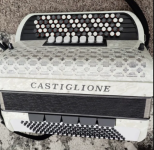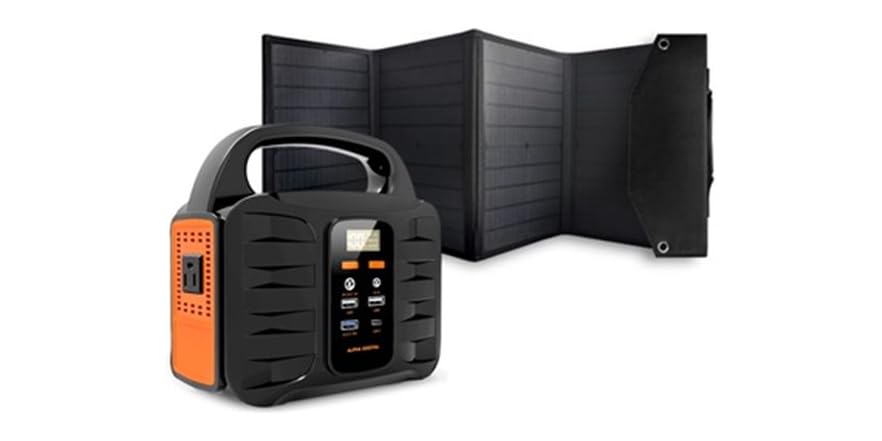hey Tom,
actually such stuff is becoming more available and prices are falling as
the Camping market is driving this innovation
but for the Amp itself, there are currently nicely mature and robust models
readily available, so no need to have the separate power supply for the most part
I personally have one iON and one PYLE tailgater, which both have the 12Volt
lead acid internal battery type, 8 or 10" main speaker and a runtime of
several days, plus Bluetooth in the Pyle. Both have extendible handles and
dolly wheels built in. I also have 2 Roland Street cubes, which run forever
on a handful of AA batterys, and have great sound and FX, (and one interesting
home-made wireless Mic PA system for Vocals that i power through a
butchered street cube)
so if you want to pick up a nice little busking PA unit, this is easily done
and affordable. You can eyeball the ION stuff usually at your local COSTCO
or Bj's and the Roland street-cubes at Guitar Center
there are also many plastic bodied inexpensive karaoke and Bluetooth type
units available, and some are great values, but the plastic bodied stuff
can have some buzzing and other body noise at higher volumes, though
the light-weight and run-time specs are very attractive
for the Solar Recharge power packs, as i said many are now
on the market tailored to Camping. These devices are basically
bricks of parallel LiPo cells with enough power/current/voltage to start your car
in an emergency. Many of these sophisticated "bricks" have 5, 9, and 12 volt outputs
plus the 110 inverter built in as well as companion solar cells to help keep them
topped off in the wild.
Portable Power Station and Solar Panel Bundle

www.woot.com
(woot is the liquidation arm of Amazon)
they had this one for sale recently at a pretty good discount,
and a raft of similar are on AMAZON of course. The key when comparing
is not the voltage or features, but the amperage/watt hours in the reservoir,
as same looking units will house one bank of batteries internally, the next model
one bank of double parallel cells, another bank with 3 cells in parallel etc.
the modern battery powered bikes and Scooters use LiPo paralell banks
in a similar way to achieve their impressive runtime.. the biggest expense
in all these units is still the cost of the component batteries themselves
but out in Rural USA you can also consider that backing your Pickup truck to your
Market Busking station is easy, then drop the tailgate and spread out
the Solar Cells and the extra 12Volt car battery wired to your stuff
i also have that capability for years and years now, based on the handy
slim suitcase type Solar Chargers panels from Harbor Freight designed
for the construction guys to recharge their tools and play their radios on building sites
and simple Solar controllers that are readily available etc.
Amazing deals on this 100W Foldable Solar Panel Briefcase at Harbor Freight. Quality tools & low prices.

www.harborfreight.com
i think i have mentioned my habit of replacing the car batteries before they
NEED to be replaced, as on the trickle charger or solar panel they will last for many
more years of service in non-automotive applications





